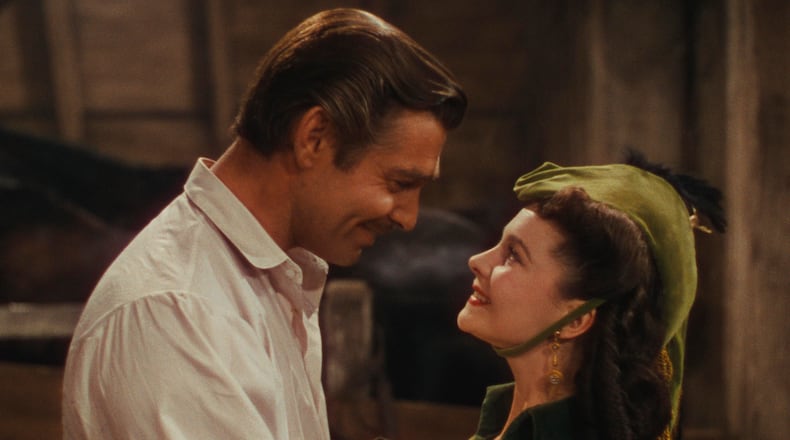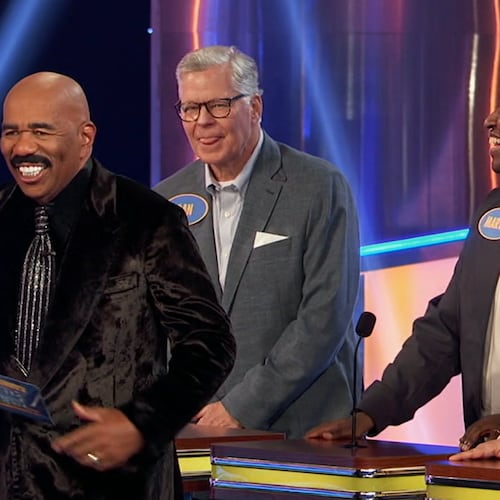A recently discovered early script version of the 1939 film “Gone With the Wind” showed a much harsher depiction of slavery than what ultimately made it on screen.
Historian David Vincent Kimel, who is completing his Ph.D. at Yale University and considers himself a “Gone With the Wind” obsessive, purchased the script for $15,000 after finding it on an online bookstore site three years ago.
The script shows how “Gone With the Wind” producer David Selznick negotiated differing opinions among his writers over how characters treated the slaves, the use of particular racial slurs or any reference to the Ku Klux Klan.
In an essay in The Ankler, Kimel said the 301-page script was authenticated by the Bonhams, the previous owner and one of the most prestigious auction houses in the world.
“I knew immediately the screenplay was an amazing find since, according to the auction at which it originally sold, Selznick had ordered all shooting scripts destroyed,” Kimel wrote.
A casting director Fred Schuessler had kept this script, defying Selznick’s requests to destroy all of them.
Credit: TNS
Credit: TNS
The Oscar-winning film based on Atlantan Margaret Mitchell’s book of the same name has courted no shortage of controversy over the past 80-plus years since its release, especially its often stereotypical portrayal of Black people.
In Kimel’s conclusion, “If not for Selznick’s choices to err on the side of white pacification, he could have altered the course of one of the most celebrated — and disgraced — movies ever made.”
Kimel wrote that the script is full of scenes that were cut from the film, some “known to me by legend and research, but most of them were never described anywhere else before.”
For instance, Scarlett O’Hara in this version of the script threatened the enslaved Prissy with a whipping.
“I’ll sell you down the river. You’ll never see your mother again or anybody you know and I’ll sell you for a field hand too,” the script reads, according to Ankler.
Although Scarlett does make similar threats and even slaps Prissy in the final version, this particular line didn’t make the cut.
Kimel said the script revealed cut scenes that made “references to beatings, threats to throw ‘Mammy’ out of the plantation for not working hard enough, and other depictions of physical and emotional violence.”
He describes the script as “a mosaic that actually represented the perspectives of numerous screenwriters, many of whom held contradictory perspectives on slavery emblematic of the contemporary debate of that day.”
Ultimately, he said the movie played more into the “promulgation of the mythology of the Lost Cause, an interpretation of the Civil War that romanticizes the struggle as a war of Northern aggression that desecrated Southern honor and culture.”
The film, which ended up running nearly four hours, didn’t just lose scenes showcasing the brutality of slavery but others that had nothing to do with slavery, including historical images flattering to the Confederacy, emotional war-related moments, some comedic scenes and a deeper look into Clark Gable’s Rhett Butler such as his suicidal thoughts.
About the Author
Keep Reading
The Latest
Featured





